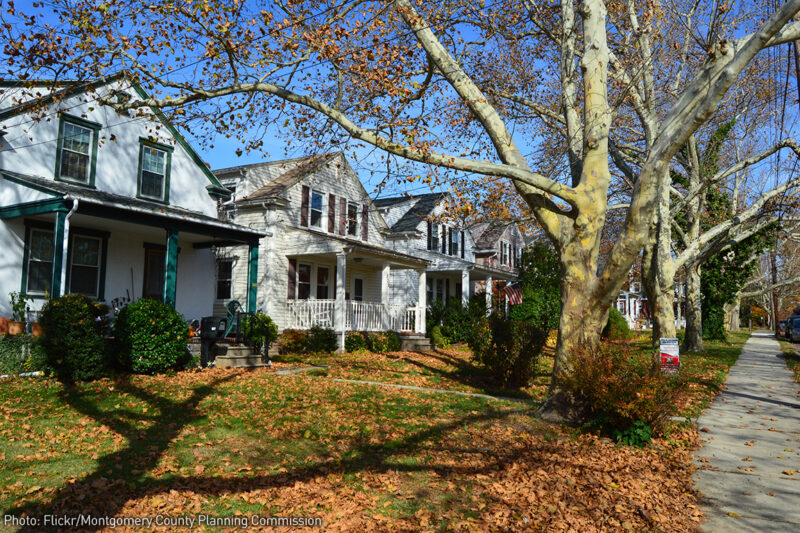If You Care About the American Dream, You Should Care About Neighborhood Inequality


A new study released this week and explored in depth in The New York Times shows what civil rights advocates have long known: in raising children, as in real estate, location is (nearly) everything.
By examining data about poor children who moved at some point during their childhood, a team of Harvard economists determined that each year a poor child spent in a high-opportunity neighborhood did three very important things. It increased the income that child would earn as an adult. It improved the chance that the child would live in a good neighborhood as an adult. And for girls, it increased the likelihood that they would marry or maintain relationships with their children's fathers.
So what makes a high opportunity neighborhood? No major surprises here. We're talking about neighborhoods with good schools, good employment opportunities, and, perhaps most important, a mix of poor, middle-income, and wealthier families living side by side.
But, unfortunately, communities like this are particularly inaccessible to poor people of color. In fact, in a number of our biggest cities, the average poor Black child lives in a neighborhood where the poverty rate is 3 or 4 times higher than the poverty rate in the neighborhood where the average poor white child lives.
This disparity is the legacy of many years during which it was official government policy to keep people of color out of "good" neighborhoods, otherwise known as neighborhoods where white people lived. Those policies were perfectly legal until the passage of the Fair Housing Act in 1968, and we haven't yet succeeded in dismantling the geography of segregation that they created.
But the new study makes clear just how important that project is. If we want to create equality of opportunity, we have to start by making sure all families have access to high opportunity neighborhoods. The Fair Housing Act gives us some important tools for reaching that goal.
First, it requires that all the local government agencies that take housing money from the federal government do their part to affirmatively further fair housing — that is, to make sure their policies don't keep their communities segregated by race or income or any other factor. And the U.S. Department of Housing and Urban Development is about to issue a new rule that will give those local agencies the data they need to understand segregation and will push them to engage actively in desegregation efforts.
The average poor Black child lives in a neighborhood where the poverty rate is 3 or 4 times higher than the poverty rate in the neighborhood where the average poor white child lives.
Second, the Fair Housing Act allows us to challenge policies that cause unjustified racial disparities and perpetuate residential segregation. This tool — called the "disparate impact" standard — is the best way to push towns to change zoning rules that unfairly keep people of color out of high-opportunity communities. But just as we're learning how important it is to open the doors to these communities, the Supreme Court is considering a case which could get rid of the disparate impact standard altogether.
That, of course, would be a step in the wrong direction. As the new study makes clear, giving all kids access to communities where they can thrive is crucial if we want the next generation of adults to be better off than their parents were.
We need to break the intergenerational cycle of poverty created by our history of discrimination, and we need more legal tools to make that happen. If we're still serious about the American dream, we've got to be serious about ending the residential segregation that puts it out of reach for too many of our children.

